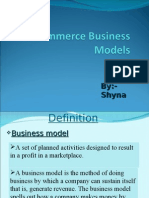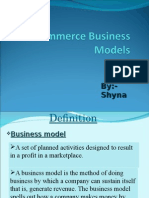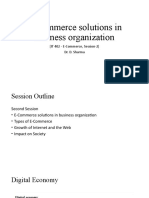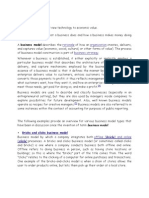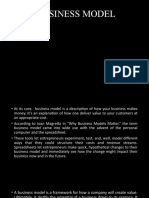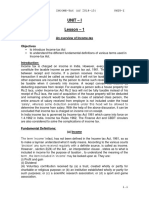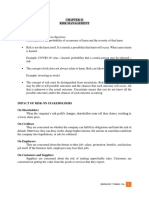0% found this document useful (0 votes)
60 views33 pagesE - Business Models: Module-I - 5
The document discusses e-business models. It defines a business model and explains that e-business models describe how a company conducts business transactions online. The document outlines several conceptualizations of e-business models from various researchers, identifying common components like value proposition, target customers, revenue sources, and costs. It also categorizes common e-business models into nine types including brokerage, advertising, information intermediary, merchant, and manufacturer direct models.
Uploaded by
Monika SaxenaCopyright
© © All Rights Reserved
We take content rights seriously. If you suspect this is your content, claim it here.
Available Formats
Download as PDF, TXT or read online on Scribd
0% found this document useful (0 votes)
60 views33 pagesE - Business Models: Module-I - 5
The document discusses e-business models. It defines a business model and explains that e-business models describe how a company conducts business transactions online. The document outlines several conceptualizations of e-business models from various researchers, identifying common components like value proposition, target customers, revenue sources, and costs. It also categorizes common e-business models into nine types including brokerage, advertising, information intermediary, merchant, and manufacturer direct models.
Uploaded by
Monika SaxenaCopyright
© © All Rights Reserved
We take content rights seriously. If you suspect this is your content, claim it here.
Available Formats
Download as PDF, TXT or read online on Scribd
/ 33










